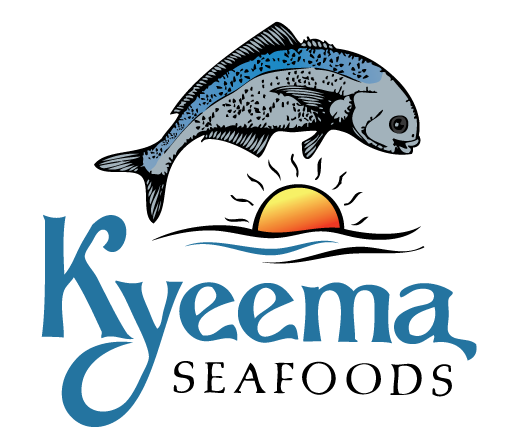The Australian Fisheries Management Authority (AFMA) is the Australian Government agency responsible for the sustainable management of fish resources within the Commonwealth.
When we say the Commonwealth and Australia – what does it mean?
The ocean covers more than 70% of the Earth’s surface – which parts of the ocean are “Australian”?
Mobsby, D. and Curtotti, R.. 2021. Catch in the Australian Fishing Zone, 2017, 1:2000. Australia: ABARES, <https://www.awe.gov.au/abares/products/insights/snapshot-of-australias-commercial-fisheries-and-aquaculture>.
In 1979, the Australian Fishing Zone (AFZ) was first declared – this zone covers the use and protection of all Commonwealth waters, which are between 3 nautical miles and 200 nautical miles from the Australian coast (1 nautical mile = 1.852km). The AFZ covers an area of approximately 8 million square kilometres. Some exceptions to the rule are by way of offshore constitutional settlement arrangements.
Australia also has a territorial sea which is the area from the coast to 12 nautical miles. Australia has full control over this body of water. Beyond the territorial sea is Australia’s Exclusive Economic Zone (EEZ), which is between 12 nautical miles and 200 nautical miles from the Australian coastline. Within the EEZ, Australia has the right to explore, as well as use, conserve and manage the natural resources within this area, including fish, oil, minerals and gas. Offshore installations within the EEZ are also within the jurisdiction of the Australian government, including marine scientific research and protection and preservation methods for the marine environment. The limit of the EEZ may be less than 200 nautical miles where the limit of a neighbouring country’s EEZ is reached. International treaties determine the boundaries between overlapping EEZs.
The continental shelf is a shallow extension of landmass that surrounds the continent of Australia. In the deep ocean these shelves can be thousands of meters deep, by comparison the Australian continental shelf is quite shallow as it is only 200 metres deep. The Australian government has also claimed the rights to explore and utilise natural resources of the continental shelf where the shelf continues past the EEZ’s 200 nautical mile cut-off.
As some species of fish are migratory fish, meaning that they do not strictly inhabit Australian waters but travel internationally, they are subject to international management between the relevant countries.
There are commercial fisheries that operate within the AFZ that are managed by AFMA. Their management is defined by the Fisheries Administration Act 1991 and the Fisheries Management Act 1991. They are:
Bass Strait Central Zone Scallop Fishery
CCAMLR New and Exploratory Fisheries
Christmas Island and Cocos Island
Coral Sea Fishery
Eastern Tuna and Billfish Fishery
Heard Island and McDonald Islands Fishery
High Seas Permits
Joint Authority Fisheries
Macquarie Island Toothfish Fishery
Norfolk Island Fishery
North-West Slope Trawl Fishery
Northern Prawn Fishery
Skipjack Tuna Fishery
Small Pelagic Fishery
South Tasman Rise
Southern and Eastern Scalefish and Shark Fishery
Southern Bluefin Tuna Fishery
Southern Squid Jig Fishery
Torres Strait Fisheries
Western Deepwater Trawl Fishery
Western Tuna and Billfish Fishery
Each fishery has specific management regulations relevant to the intended use. These include target species, zones they are allowed to fish in, catch limits, size limits, gear restrictions, seasonal closures and other rules and regulations.
To commercially fish within any fishery, fishers must hold statutory fishing rights which are allocated by AFMA. Each operator is allocated a quota for the fish species they wish to catch, this dictates their rights and the amount they may catch per year. Each fishery has a designated number of statutory fishing rights that can be obtained by fishers.



